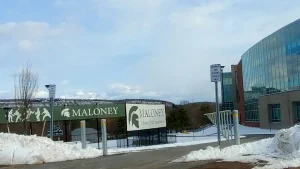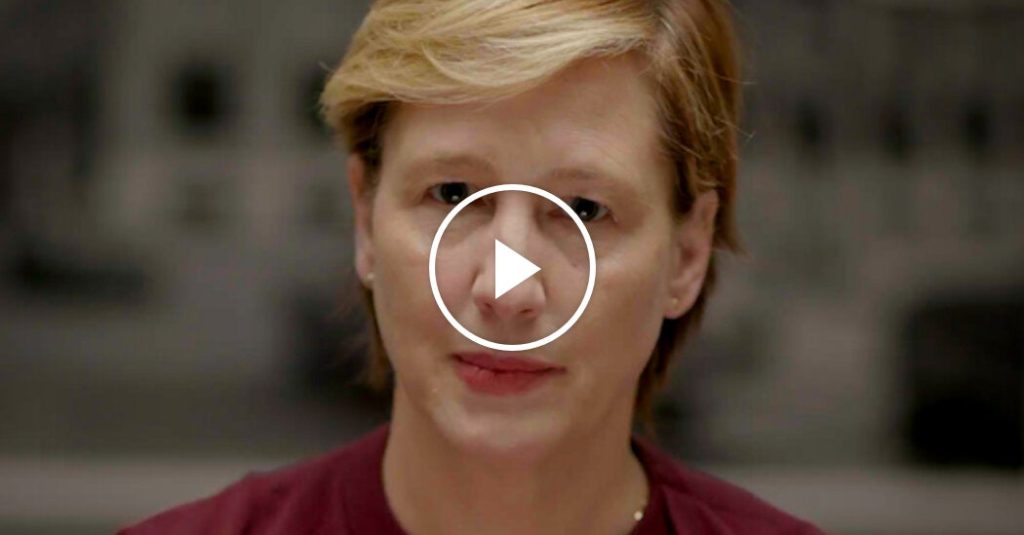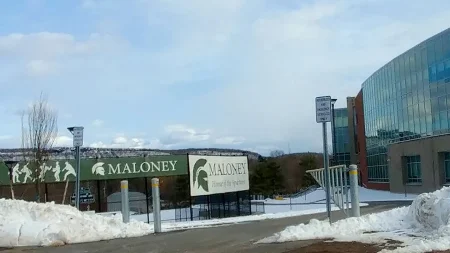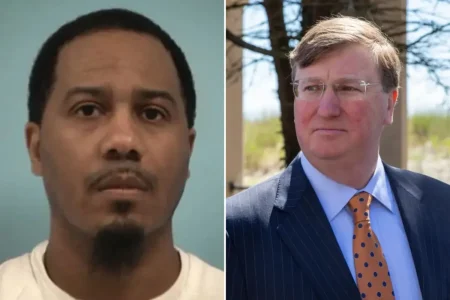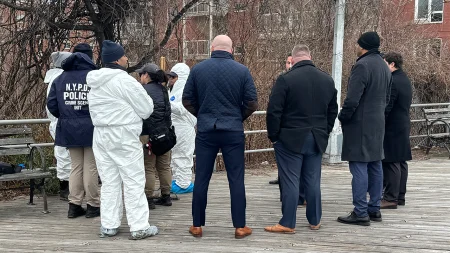The Troubling Demolition of the White House East Wing
In a move that has sparked widespread public outcry, President Trump has ordered the demolition of the White House East Wing—a historic section of America’s most iconic presidential residence—to make way for what he describes as “probably the finest ballroom ever built.” By October 24, what once stood as a significant piece of American history had been reduced to rubble, leaving many citizens questioning both the legality and ethics behind this drastic renovation. While presidential renovations of the White House have occurred throughout history, the secretive and unilateral nature of this particular project has raised serious concerns about proper protocols, democratic principles, and the potential corruption lurking behind the wrecking ball.
What makes this situation particularly troubling isn’t just the demolition itself, but the complete absence of transparency and proper procedure. The American public received no advance notice of the plans, and it appears the president bypassed the standard approval channels required for modifications to such a historically significant building. The White House belongs to the American people, not to any single president or administration, making this unannounced destruction of a national landmark all the more alarming. Historical preservation experts, constitutional scholars, and ordinary citizens alike have expressed outrage, with one citizen lamenting that “everything this country stands for, he will absolutely destroy it for the satisfaction of his own ego.” The fundamental question being asked across the nation is whether any president has the authority to make such dramatic alterations to the People’s House without proper oversight and public consultation.
Perhaps the most concerning aspect of this situation is the financing behind the $200 million renovation project. Rather than using government funds, which would require congressional approval and public scrutiny, the president has turned to private donors—a move that creates an alarming potential for influence peddling and corruption. Just days before the demolition began, Trump hosted a lavish dinner attended by representatives from major corporations including Amazon, Apple, Google, Microsoft, and Lockheed Martin, along with energy executives and cryptocurrency entrepreneurs. These attendees reportedly contributed substantial amounts to the project, though the White House has refused to disclose exactly who paid or how much. An additional $22 million came from a settlement in a lawsuit Trump brought against YouTube. This private funding arrangement effectively circumvents normal government accountability measures and raises serious questions about wealthy individuals and corporations potentially buying access to the president under the guise of supporting a construction project.
The timing of this extravagant renovation coincides with a government shutdown, during which federal agencies are closed and many government employees are going without paychecks. While hardworking Americans face financial uncertainty, wondering when the shutdown will end and their salaries will resume, the president is proceeding with a lavish vanity project funded by private interests who likely expect something in return for their generosity. This stark contrast between the financial struggles of ordinary citizens and the president’s determination to leave his mark on the White House, regardless of cost or historical significance, highlights a troubling disconnect between the administration and the people it is meant to serve. The juxtaposition of furloughed workers anxious about paying their bills while demolition crews tear down a historic wing of the White House to build a ballroom speaks volumes about priorities.
This demolition project represents just one example in a pattern of behavior that critics say demonstrates the president’s willingness to use his position for personal enrichment and enhancement. During his time in office, Trump has faced numerous accusations of using the presidency to benefit himself and his family financially. Most recently, he sought $230 million in payment from his own Department of Justice—another move that has raised serious ethical concerns. The East Wing demolition, however, takes this behavior to a new level by physically altering a national monument to suit personal preferences, with funding from private donors who may expect favorable treatment in return. This arrangement creates a dangerous precedent that undermines the fundamental principle that the White House belongs to all Americans, not just to those with deep pockets and access to the president.
As debris from the demolished East Wing accumulates, so too do the questions about the integrity of our democratic institutions and the safeguards designed to prevent such unilateral actions. The sound of construction that President Trump describes as “the beautiful sound of money” reverberates beyond the White House grounds, echoing concerns about corruption, influence peddling, and the erosion of norms that have governed presidential behavior for generations. While the president claims to be creating “the finest ballroom ever built,” what he may actually be constructing is a monument to political excess and a symbol of how wealth can circumvent proper democratic processes. As Americans watch their historic White House being transformed without their consent or input, they are left to wonder what other aspects of their democracy might be similarly demolished if proper oversight and accountability continue to be bypassed. The East Wing demolition stands as a stark reminder that eternal vigilance is indeed the price of liberty, especially when it comes to preserving the physical and symbolic structures that represent American democracy.
